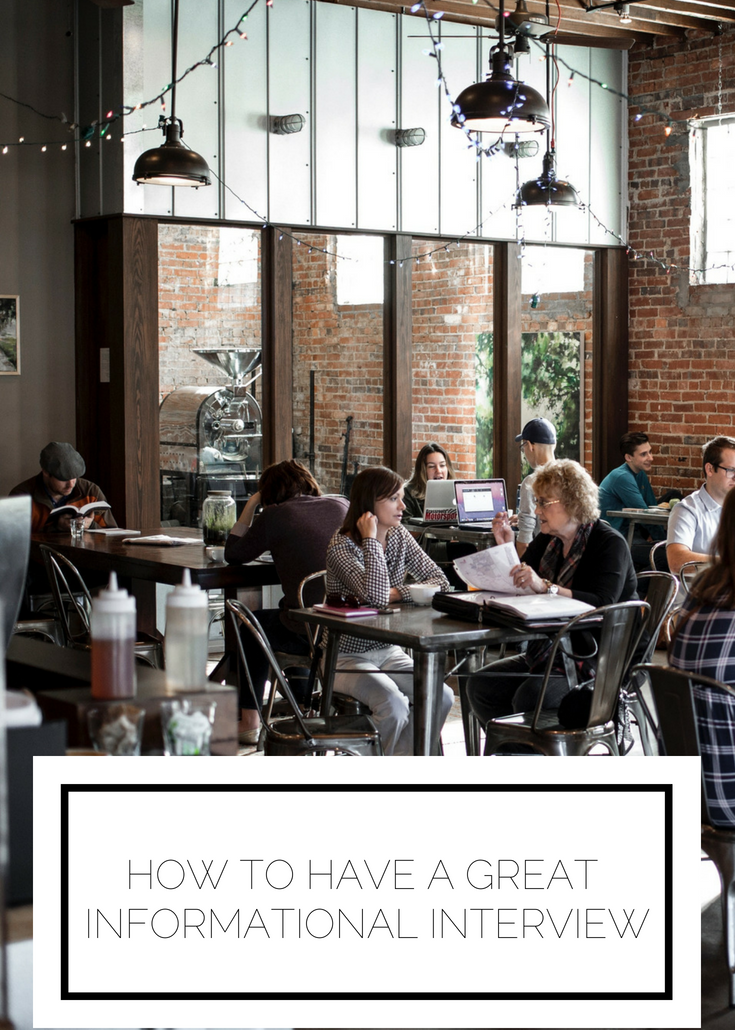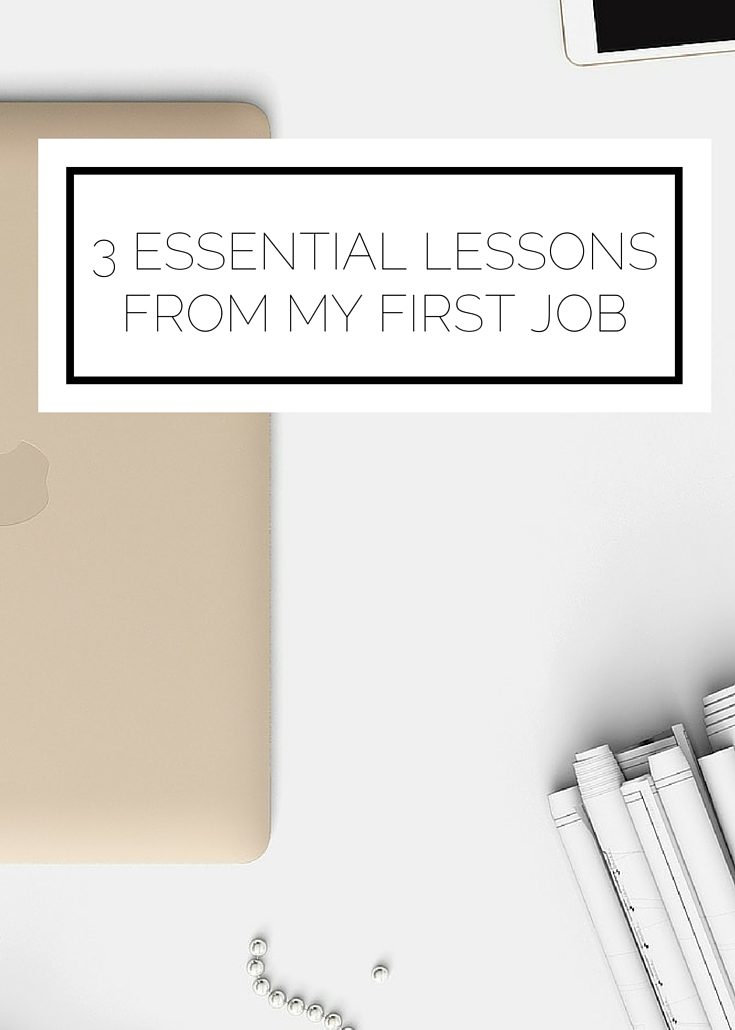Taking notes in school is different than taking notes in the professional world. In school you are sitting in a classroom, listening to a teacher and more likely than not, looking at a presentation. You’re expected to be typing or scribbling away and it’s an atmosphere that is clearly geared towards successful note taking.
When you’re in the professional world, however, the environment is not quite the same. You may be in a client meeting, greeting people for the first time, and potentially leading the conversation and have to be engaged and making eye contact…not quite ideal for getting every word said down on paper. So how can you ensure that you’re getting all the information you need and optimizing your note taking while not sacrificing the quality of your meeting? Here is a simple process to get you in the right mindset and capture everything you need to know.
The basics
There is some information that you know you’re always going to want to have in your notes:
- The date
- The client
- The topic
- The participants
- The objections/challenges
- The action items (who will do what by when)
Fill in what you can before the meeting and keep your ears perked for the rest throughout the meeting. This will ensure that you won’t try to write down every word, but will instead be focused on the most important elements.
The shortcuts
When you need to write quickly and stay engaged in the conversation, use your own shorthand. Have acronyms for the common words in your profession, put arrows to connect ideas, underline topics you want to come back to and ask more questions on, etc. Right now, we’re focused purely on the notes that are for your own eyes, so go crazy making it as simple for yourself as possible.
The debrief
To me, this is the most important part. Once you’ve taken notes, it’s helpful to go back within a day (less is better!) and review your work to make sure there aren’t any gaps in what you remember hearing and what you wrote down. If you’re going to share notes with your team and/or clients, this is your opportunity to clean up what you wrote and make it shareable.
The tools
I firmly believe that when you are in an in-person meeting you should be taken handwritten notes. Being on a computer or tablet means that you could be looking at something else not related to the meeting. And even if you’re not doing that, the people you are with can feel offended or not listened to (whether they realize it consciously or not). During the debrief you can transfer handwritten notes to digital and make them shareable, as mentioned in the last point.
I keep a physical notebook and transfer my notes (or take them straight on my computer if I’m in a virtual meeting) to Evernote. I have my Evernote notes divided by client and keep a running note on each particular topic so I always have the last discussion points easily accessible. It’s also great because I have Evernote on my phone and can reference my notes wherever I am. When sharing with others, I copy and paste the notes from Evernote directly into an email or create a Word doc if that’s necessary.
By keeping these tips in mind, you can make sure that you are accurately keeping track of your meetings and have a go-to source for all of the deals you’re working on.
This is a simple outline that hits on the basics, so please let me know if this is a topic you’d want me to go more in depth on!
-AJF




Leave a Reply